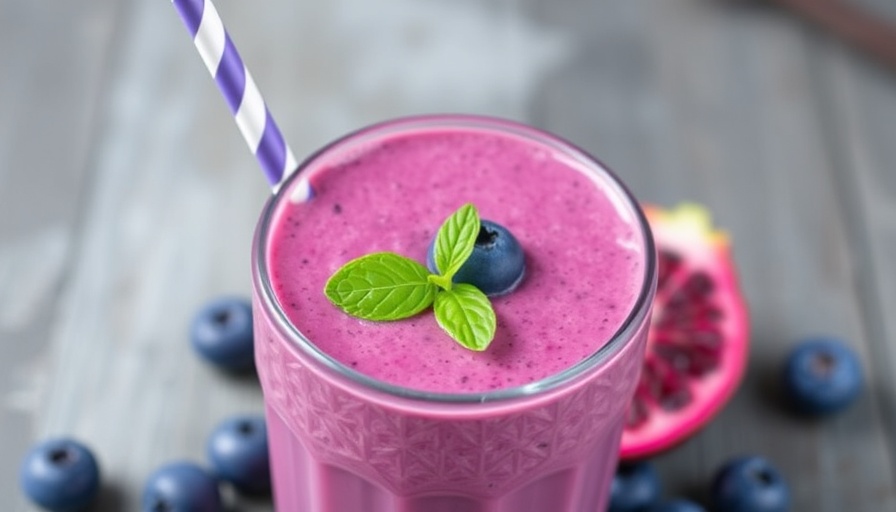
I thought I was over the cough and cold I had recently but it’s come back to niggle in the background. To help deal with it I thought to boost my smoothies with some cold-fighting ingredients. So when I came across Angela Liddon’s flu-busting smoothie at the Telegraph I thought this is just what I need.
The anti-bacterial qualities of ginger and the antioxidants and Vitamin C in the fruit in this recipe come to the rescue!
Angela says …
... add a small amount of cayenne pepper to the mix. You’ll be breathing free and clear in no time!
[Recipe] A Winter Cold & Flu-Busting Smoothie
Ingredients: (Serves 1)
2 medium seedless navel Oranges, peeled
2 tbsp. of fresh Lemon juice, or to taste
1 tsp. grated fresh Ginger, or to taste
1-3 tsp. pure Maple Syrup, or Honey, to taste
3-5 Ice cubes
Pinch of Cayenne Pepper (optional but effective!)
I know we said smoothie, but it will be just as good as a warm – not hot – drink on a cold day. So we have one summer cold and flu buster and one winter treatment.
You’ll find the directions at The Telegraph
Photo: DrinkMeHealthy
 Add Row
Add Row  Add
Add 







Write A Comment